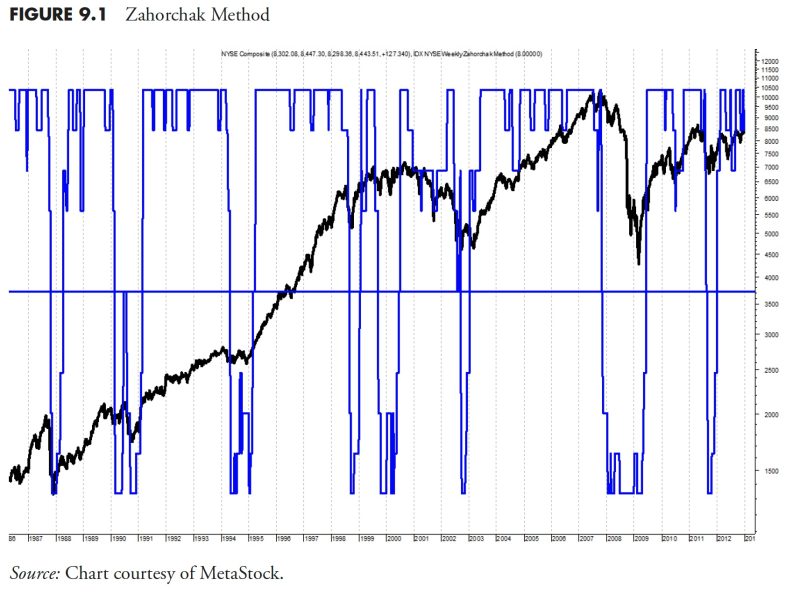
Unveiling the Secrets of Market Research: Does Technical Analysis Really Matter? – Part 1
Undoubtedly, the financial market industry is one characterized by unpredictability and intense competition, creating a necessity for sound and accurate planning. One vital tool required to navigate this terrain is Market Research and Analysis, with a special focus on Technical Analysis.
Technical Analysis, a form of market research, is an investment evaluation method that helps investors understand investment trends by using historical market data, primarily price and volume. It is essential in market analysis for several reasons.
One primary reason is its ability to measure and predict price action. Generally, past market behaviors have a way of repeating themselves. Using statistical trends gathered over a period, including price movement and volume, technical analysis can reliably predict future market direction depending on historical trends. Therefore, investors can anticipate probable market outcomes and make informed investment decisions.
Moreover, technical analysis aids in identifying both short and long-term investment trends. Chart patterns and technical indicators, key components of this analysis, represent market sentiment and hence can exhibit persisting trends. This way, an investor can determine whether to hold on to or dispose of a security, based on the projected market direction. This promotes not only insightful decision-making but also enhances investment timing for maximum returns.
Risk management is another significant advantage of technical analysis. In investment, risk is a constant factor. However, the use of stop-loss orders, a technical analysis tool, provides an effective way to manage this risk. Here, an investor predetermines the acceptable risk level. If the market hits this level, the order will trigger, thus limiting any loss. This approach ensures that investors not only protect their capital but also enhances their chances of consistent profitability.
Further, technical analysis facilitates the robust comparison of securities. Given that it focuses on price and volume data, it is possible to use the same approach across an array of securities. Investors can therefore, seamlessly compare these securities, in terms of predatory price and performance, thus guiding the decision-making process on which security is potentially profitable.
Additionally, technical analysis provides a way to confirm other analysis strategies. While investors can use fundamental analysis to identify potential investment opportunities, confirmation through technical analysis provides a more reliable means of making trading decisions. It is usually the final step investors take before executing trades.
Similarly, technical analysis offers great versatility. Regardless of the market condition, be it bullish, bearish, or sideways moving markets, technical analysis can always be utilized. Its tools and techniques can be applied in all market phases. This comes in handy for traders looking to exploit volatility for profits, regardless
